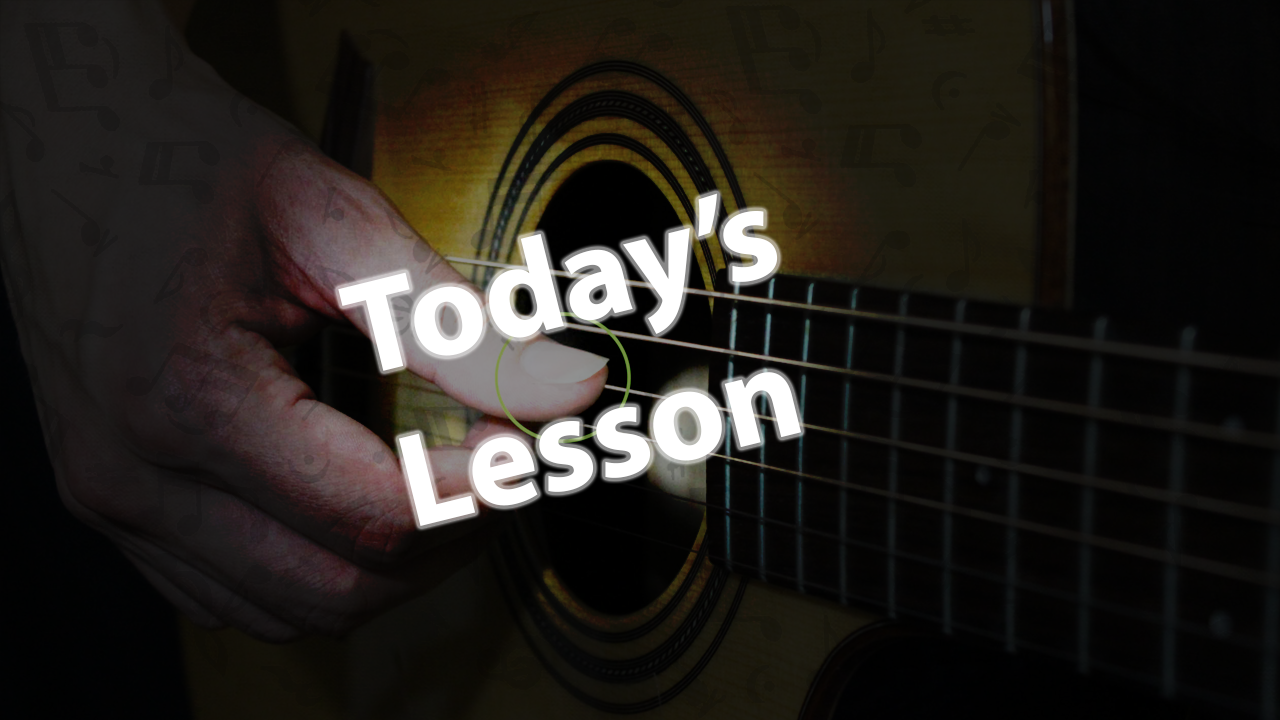Introduction
Arranging music for guitar can be a fun and rewarding experience for guitarists of all levels. Whether you are arranging a popular song, a classical piece, or an original composition, it can be a great way to showcase your musical talents and creativity. In this article, we will explore some essential guitar arranging techniques that can help you create dynamic and engaging arrangements.
Choosing the Right Key
One of the first steps in arranging music for guitar is choosing the right key. The key you choose can significantly impact the overall sound and feel of the arrangement. Consider the range of your guitar and the vocal range of any accompanying instruments or vocalists. Experiment with different keys to find the one that best suits the piece you are arranging.
Creating Interesting Chord Voicings
One way to add depth and color to your guitar arrangement is by creating interesting chord voicings. Instead of playing standard open or barre chords, try experimenting with different voicings and inversions. This can give your arrangement a unique and fresh sound while showcasing your knowledge of music theory.
Adding Melodic Lines and Arpeggios
Another technique to enhance your guitar arrangement is by incorporating melodic lines and arpeggios. These can help create movement and add interest to your arrangement. Experiment with different scales and arpeggios to find the ones that work best for the piece you are arranging.
Utilizing Fingerstyle Techniques
Fingerstyle guitar techniques can add a beautiful and intricate texture to your arrangements. Experiment with techniques such as fingerpicking, harmonics, and percussive playing to create a unique and expressive sound. Fingerstyle techniques can also help you play multiple parts simultaneously, making your arrangement sound fuller and more dynamic.
Adding Dynamics and Expression
One of the most important aspects of arranging music for guitar is adding dynamics and expression. Use techniques such as varying your picking intensity, changing the volume, and adding accents to create contrast and interest in your arrangement. Pay attention to the phrasing and articulation of each note to bring out the emotion and character of the piece you are arranging.
Conclusion
Arranging music for guitar is a creative and rewarding process that allows you to showcase your musical talents and creativity. By using the techniques mentioned in this article, you can create dynamic and engaging guitar arrangements that will captivate your audience. Experiment with different keys, chord voicings, melodic lines, fingerstyle techniques, and dynamics to create arrangements that are unique and expressive. Have fun exploring the possibilities and let your creativity shine!


0 Comments